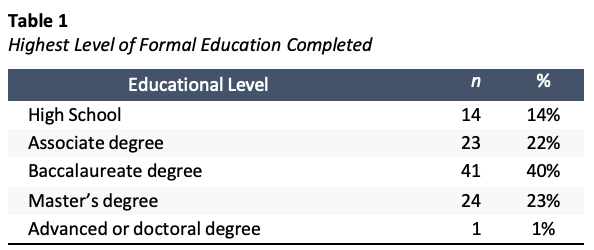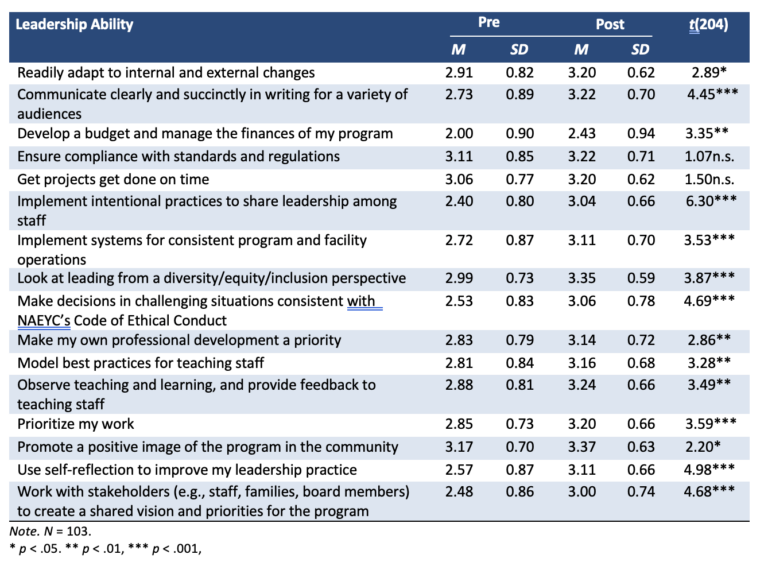Child Care Center Administrators Tools and Professional Learning
Resources for Child Care Center Administrators
We conduct research to learn more about the field and examine the impacts of our work. Explore McCormick Institute research about child care center directors.
By Teri N. Talan. Ed.D., J.D. & Marina Magid
•
November 30, 2021
The 2021 update reveals progress and gaps in early childhood program leadership, highlighting the need for stronger qualifications and policy support.
By Teri N. Talan & Robyn Kelton
•
June 29, 2021
Analysis of 2010–2021 PAS data reveals trends in early childhood leadership and management shaping quality in U.S. education programs.
By McCormick Center
•
May 21, 2019
Learn how assessing organizational conditions can drive continuous quality improvement in early childhood programs.










